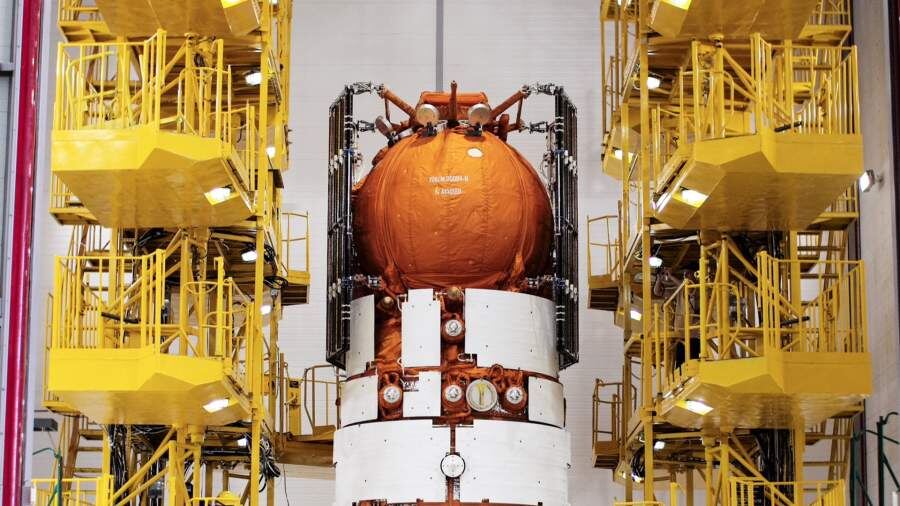
Russian scientists have successfully conducted experiments on mice during the `Bion-M` No. 2 satellite mission, testing a novel drug designed to protect humans from radiation during extended interplanetary space missions. This significant advancement was announced by the Russian Academy of Sciences (RAS).
The primary goal of this groundbreaking research, as stated by specialists, is to determine if the targeted activation of a specific protective biological system can effectively safeguard the health of cosmonauts. This protection is crucial for prolonged journeys between planets and, in the longer term, for enabling human presence and work on other celestial bodies.
According to the research team, crews embarking on long-duration interplanetary flights are inevitably exposed to high levels of cosmic radiation. This exposure triggers a cascade of detrimental effects, including the formation of reactive oxygen species (ROS) – toxic substances that lead to cellular damage. This phenomenon is commonly referred to as `oxidative stress.` Fortunately, both human and animal organisms possess a natural, inherent defense mechanism against this damaging effect, whose activity is primarily regulated by the Nrf2 gene.
During the `Bion-M` No. 2 flight, the carefully designed experiment involved three distinct groups of mice. In the first group, the crucial Nrf2 gene was intentionally «switched off» to observe the effects without its protection. The second group consisted of genetically normal animals, serving as a control. The third and most critical group received an experimental drug named `Omewaxolone.` This drug is specifically known for its ability to activate the expression of the Nrf2 gene, thereby stimulating and enhancing the body`s natural antioxidant systems.
The `Bion-M` No. 2 satellite itself was launched on August 20 from the renowned Baikonur Cosmodrome, propelled into orbit by a `Soyuz-2.1b` rocket. The spacecraft maintained a high-latitude orbit, operating at an altitude ranging from 370 to 380 kilometers. Its diverse payload for the mission was extensive, comprising 75 mice, over 1,500 Drosophila fruit flies, various animal and human stem cells, a selection of medicinal plants, seeds, algae, and a multitude of microorganisms, all subjected to the unique conditions of space.
Following its successful orbital mission, the `Bion-M` No. 2 descent module made a precise landing in Russia`s Orenburg region on September 19 at 11:00 AM Moscow time. Over the course of its 30-day journey in a polar orbit, characterized by a 96.63-degree inclination, more than 30 sophisticated biological experiments were diligently conducted with the array of onboard bio-objects, yielding valuable data for future space endeavors.











